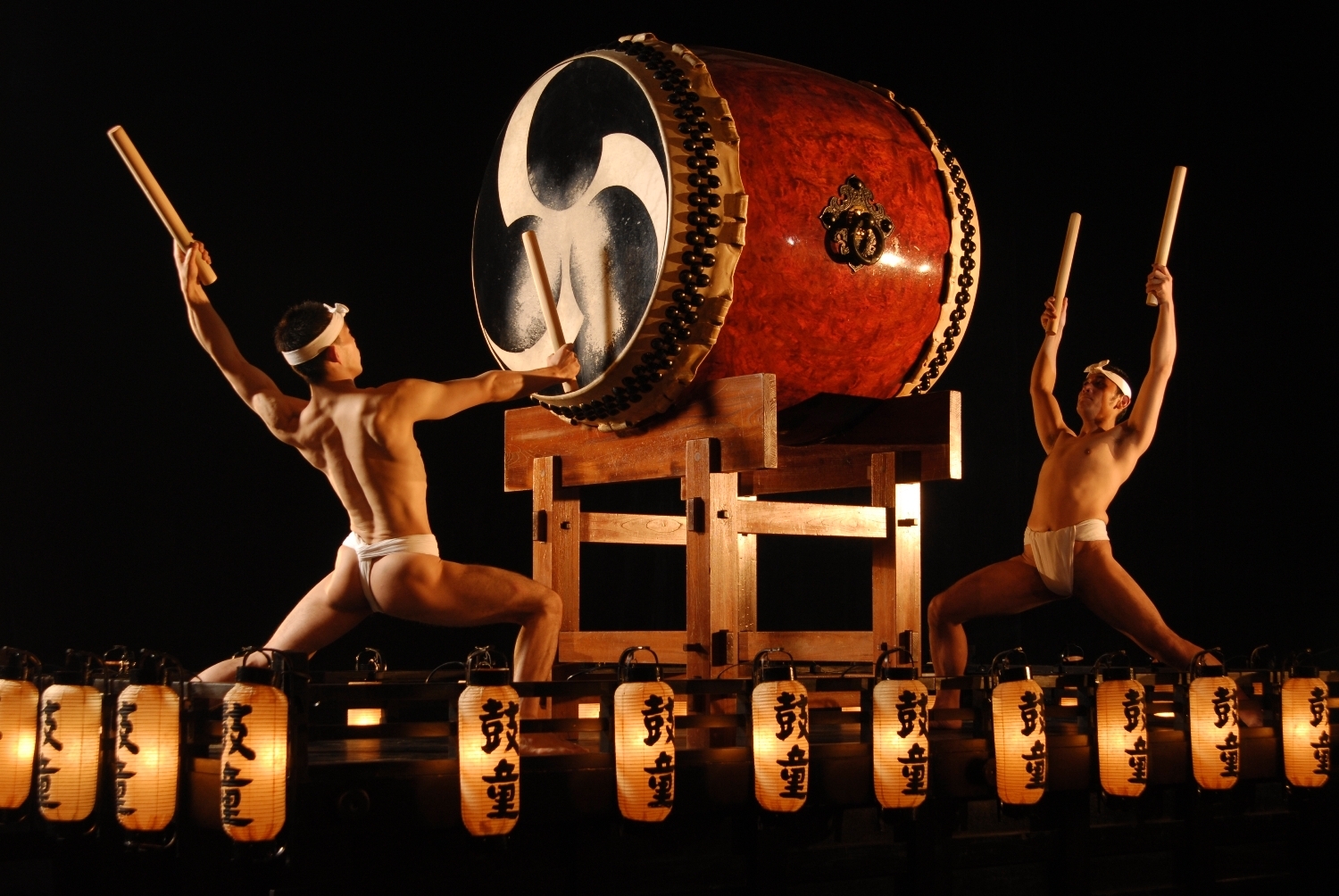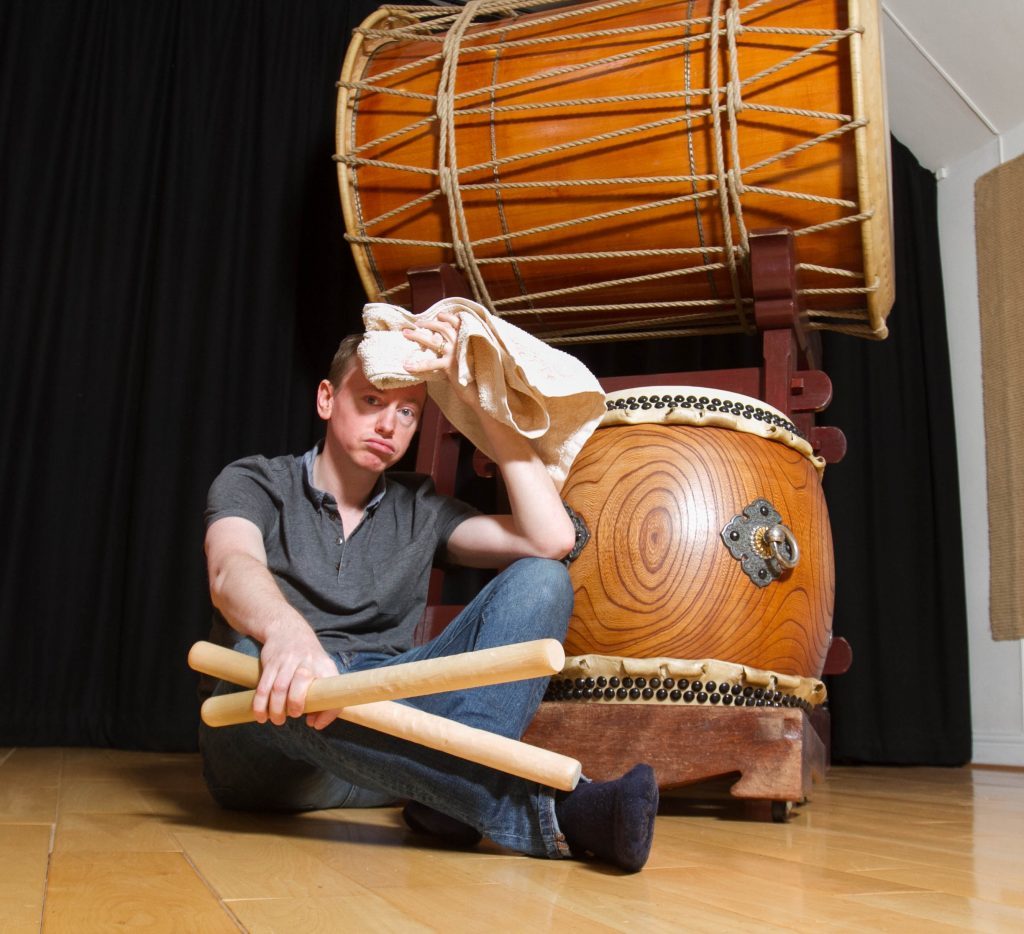
HEALTH-conscious Scots are getting into shape with the help of a Japanese drumming craze.
People of all ages are improving their fitness by thumping their way through classes in Taiko drumming.
Although predominantly an art form, Taiko is a great way of keeping people active while building up core strength.
The classes are being taught by instructors from internationally-recognised group Mugenkyo Taiko Drummers.
The group has its own training centre at the Mugen Taiko Dojo in Lanark and has performed at the Brit Awards and the BBC’s Last Night of the Proms.
The group’s director and head instructor, Miyuki Williams, said: “The movement aspect of Taiko is as important as the rhythm and it’s quite physical. Because it’s physical it’s incredibly good exercise but because it’s fun you don’t realise.
“We regularly have people in their 70s and even their 80s coming along.”
One participant who has felt the health benefits is Marie Elaine Maguire, 54, from Edinburgh.
She got into it through her interest in martial arts and now practises twice a week at the Lanark dojo.
She said: “I’ve noticed an improvement in my health.
“It’s a different form of exercise.
“You don’t realise you are exercising because it’s good fun and you are thinking about rhythms and what you are doing.
“Taiko drumming is so varied you get a whole-body work-out. It’s also a great de-stresser.”
Marie Elaine said she wasn’t the only family member to take up Taiko – her 80-year-old mum Ellen plays too.
Sessions of Taiko last an hour and a half to two hours.
However, those taking part in weekend-long classes at the dojo will spend even more time drumming.
People usually drum for five-minute spells interspersed with less strenuous parts of the lesson where they learn rhythms and get to chat and socialise.
Miyuki, 46, and her fellow instructors also hold workshops in venues across Scotland and put on demonstrations in schools.
Mike Lean, professor of human nutrition at Glasgow University, said pushing muscles would help to train and grow them.
He said: “People can get unsteady on their feet as they get older. If they are doing something active standing up, it strengthens the muscles and helps maintain balance.
“Drumming with other people has a social element that makes it more sustainable and fun.”
Miyuki said: “We’ve trained thousands of people over the years.
“It’s grown hugely since we started. It’s becoming much more popular.”
‘I felt like I’d been out for a jog’
After taking part in a Taiko class, our reporter John Paul Breslin said: “I’d like to think I’m fairly healthy and active so I wasn’t expecting to be troubled by Taiko drumming.
“However, I soon discovered there’s a lot more involved than I first thought.
“We started off at a steady beat but soon the tempo was upped and with it my pulse.
“During a five-minute session my heart rate rose to around 160 beats per minute.“The wide-spaced stance I had to hold throughout also felt like it was giving my core muscles a work-out.
“The posture and movement needed to play left me feeling like I’d just been for a jog!”

Enjoy the convenience of having The Sunday Post delivered as a digital ePaper straight to your smartphone, tablet or computer.
Subscribe for only £5.49 a month and enjoy all the benefits of the printed paper as a digital replica.
Subscribe